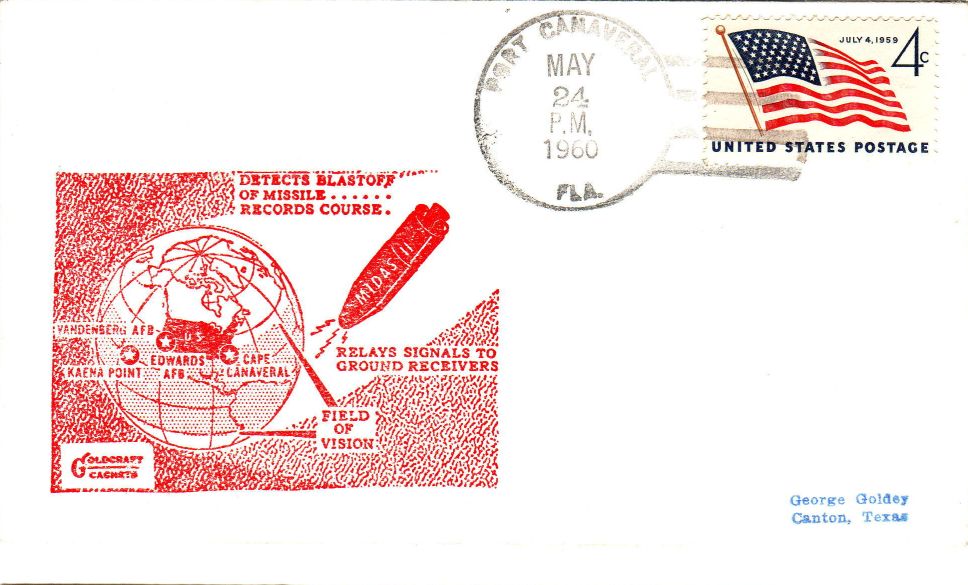Forty-five years ago today — June 3, 1965 — astronauts James A. McDivitt and Edward H. White launched from Cape Canaveral on a Titan-II rocket.

(Ed White on the first U.S. spacewalk. NASA image.)
A little over four hours into the flight, Ed White stepped out of the Gemini-IV capsule for the first-ever extravehicular activity (EVA) by a U.S. astronaut. His EVA lasted about 20 minutes and met all the mission objectives, though he and McDivitt had some trouble getting the hatch closed when he got back in the spacecraft.
Some great high-resolution images of the EVA are available at http://nssdc.gsfc.nasa.gov/planetary/gemini_4_eva.html.
McDivitt and White stayed in orbit for four days. One interesting side note to the mission was a famous UFO sighting by McDivitt while White was sleeping, of an object shaped “like a beer can with an arm sticking out”; it is likely he saw the second stage of their Titan-II. The claim is disputed by UFO enthusiasts, but the 1981 article by James Oberg linked above asks,
Is any conclusion possible after so many years, when the supporting evidence has been trashed and the eyewitness testimony has become fossilized by countless repetitions? The principal leg of the [UFO enthusiasts’] endorsement — that there weren’t any candidate objects within 1,000 miles — has been demolished by the recognized presence of the beer can-shaped Titan-II stage. McDivitt, more than a decade after the fact, refused to believe he could have misidentified that object — but both his degraded eyesight [because of issues in the Gemini capsule] and different viewing angle at the time of the sighting eliminate any reliability from that claim — and years of UFO research have taught us the surprising lesson that pilots are, in truth, among the poorest observers of UFOs because of their instinctive pattern of perceiving visual stimuli primarily in terms of threats to their own vehicles.
As to that last bit, about pilots perceiving objects as threats until proven otherwise … that’s probably a good thing. And possibly a lesson we could apply to other endeavors.















